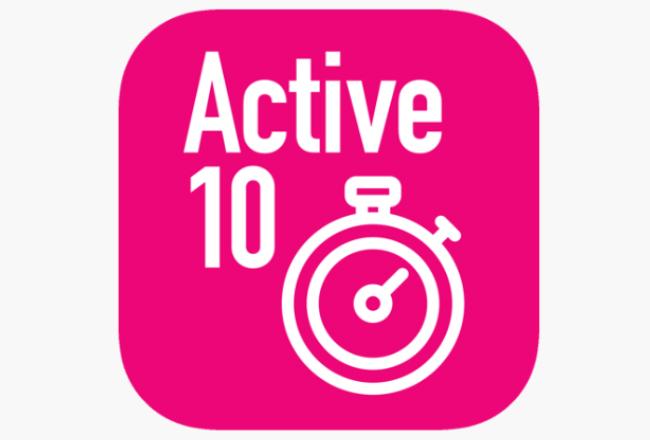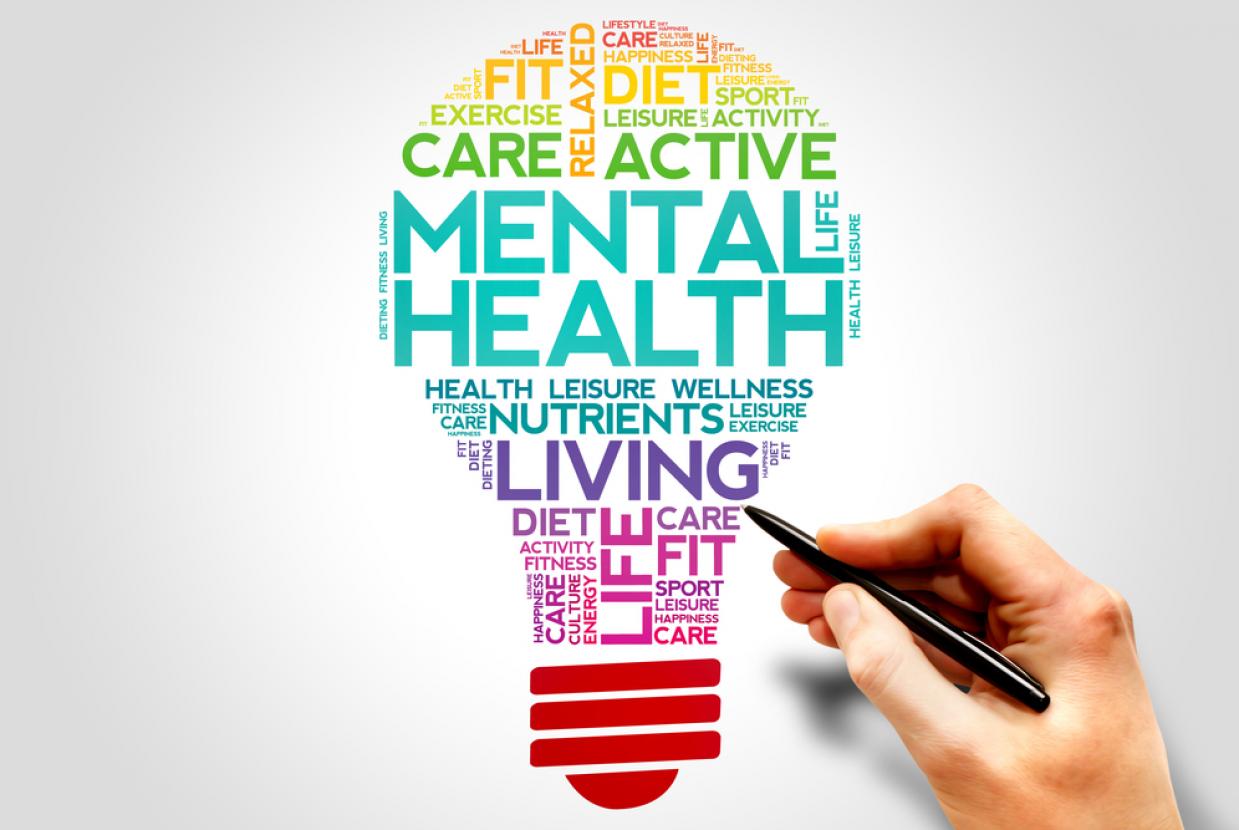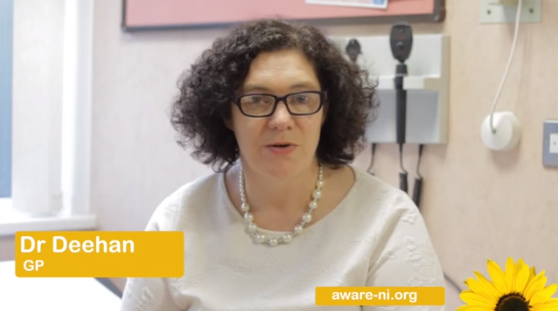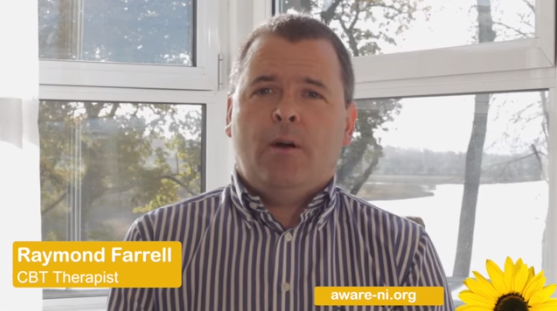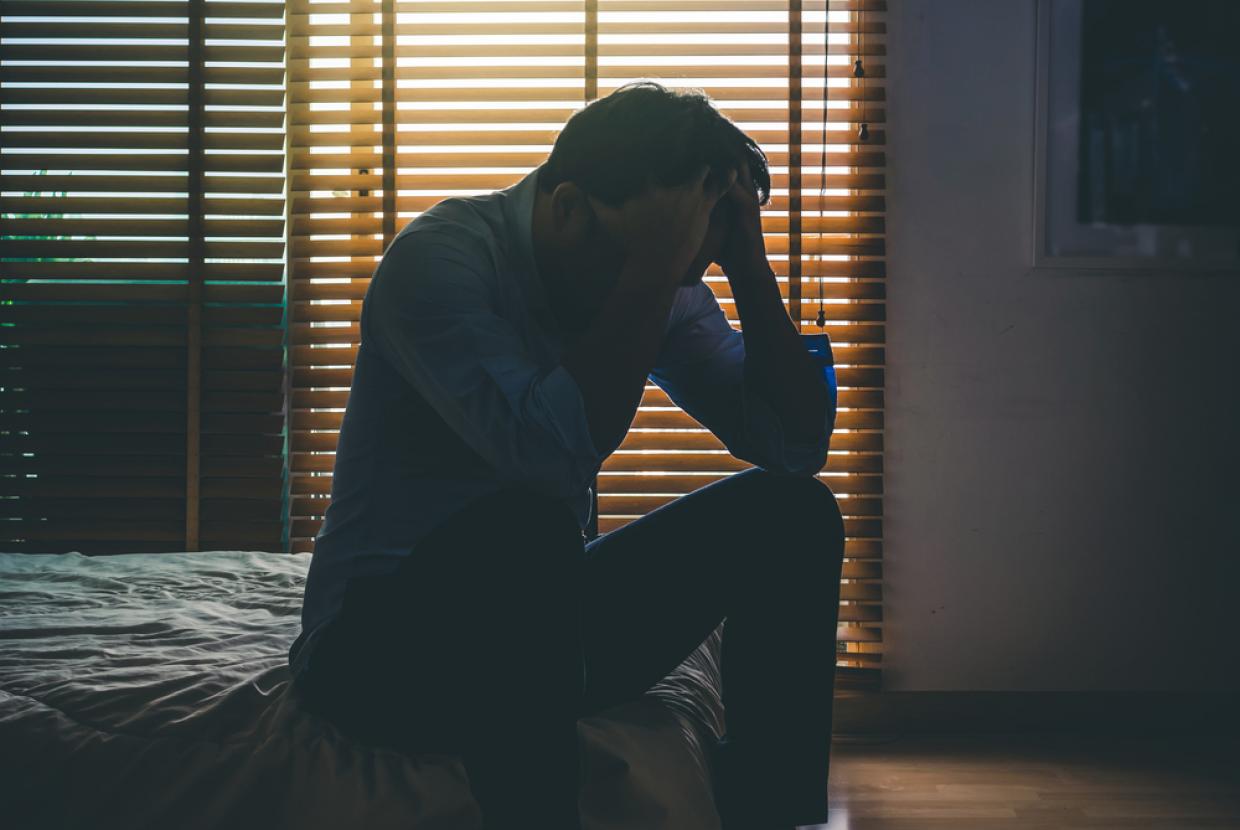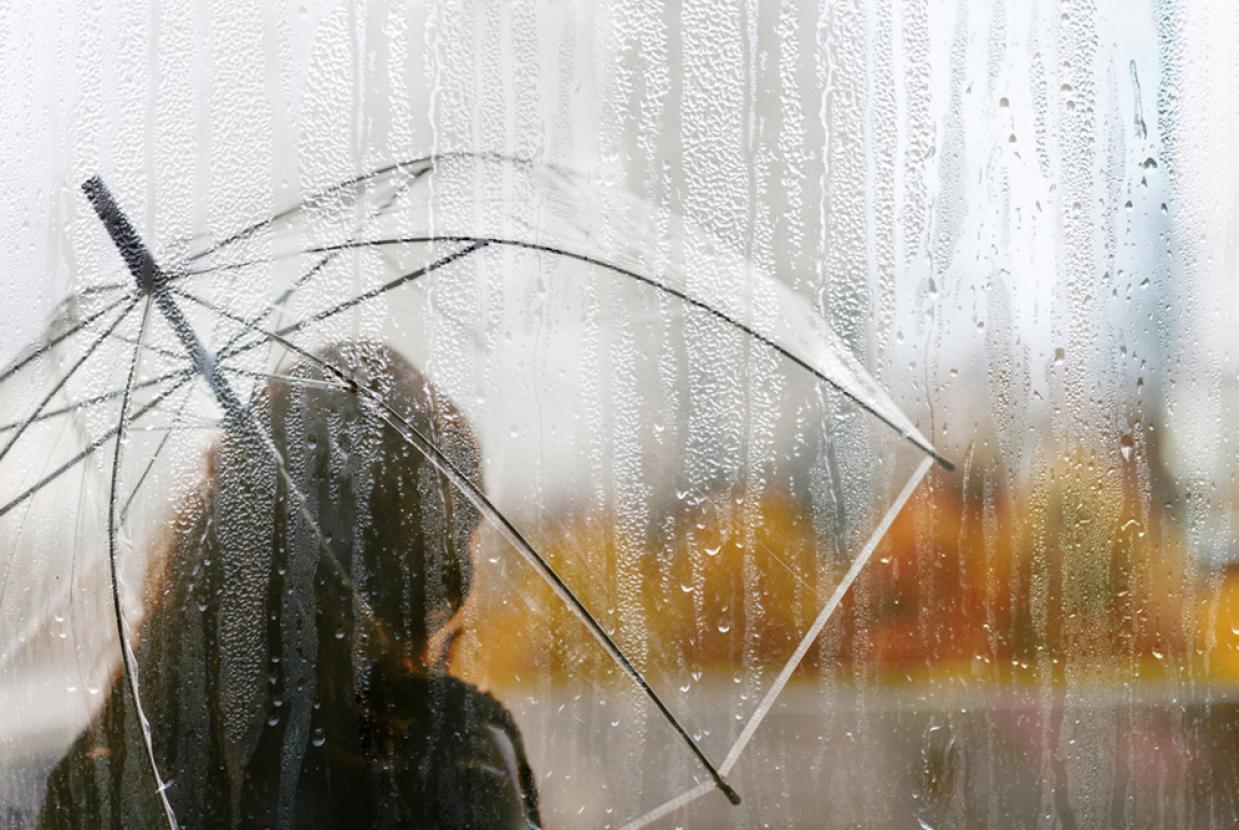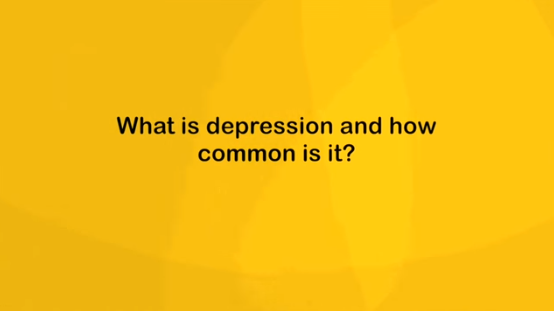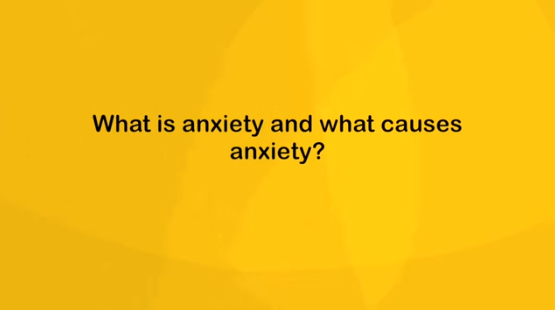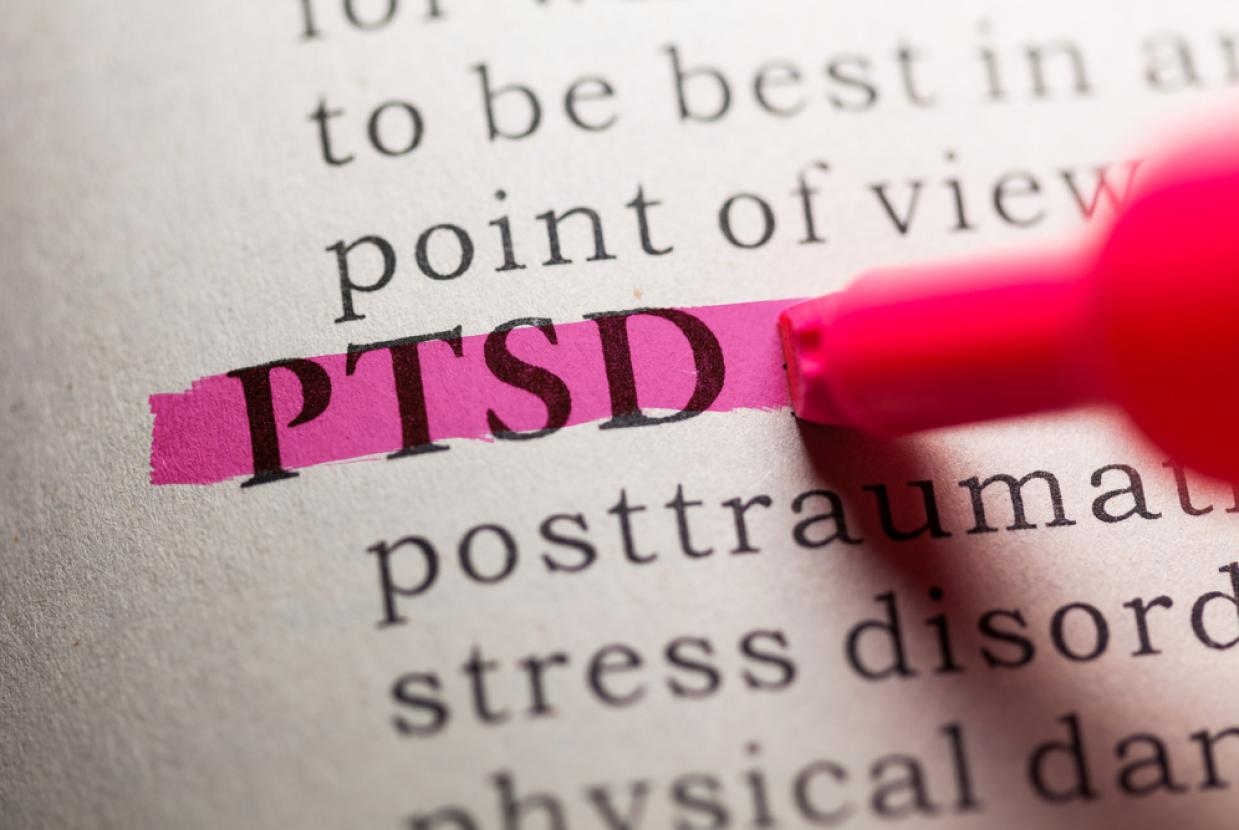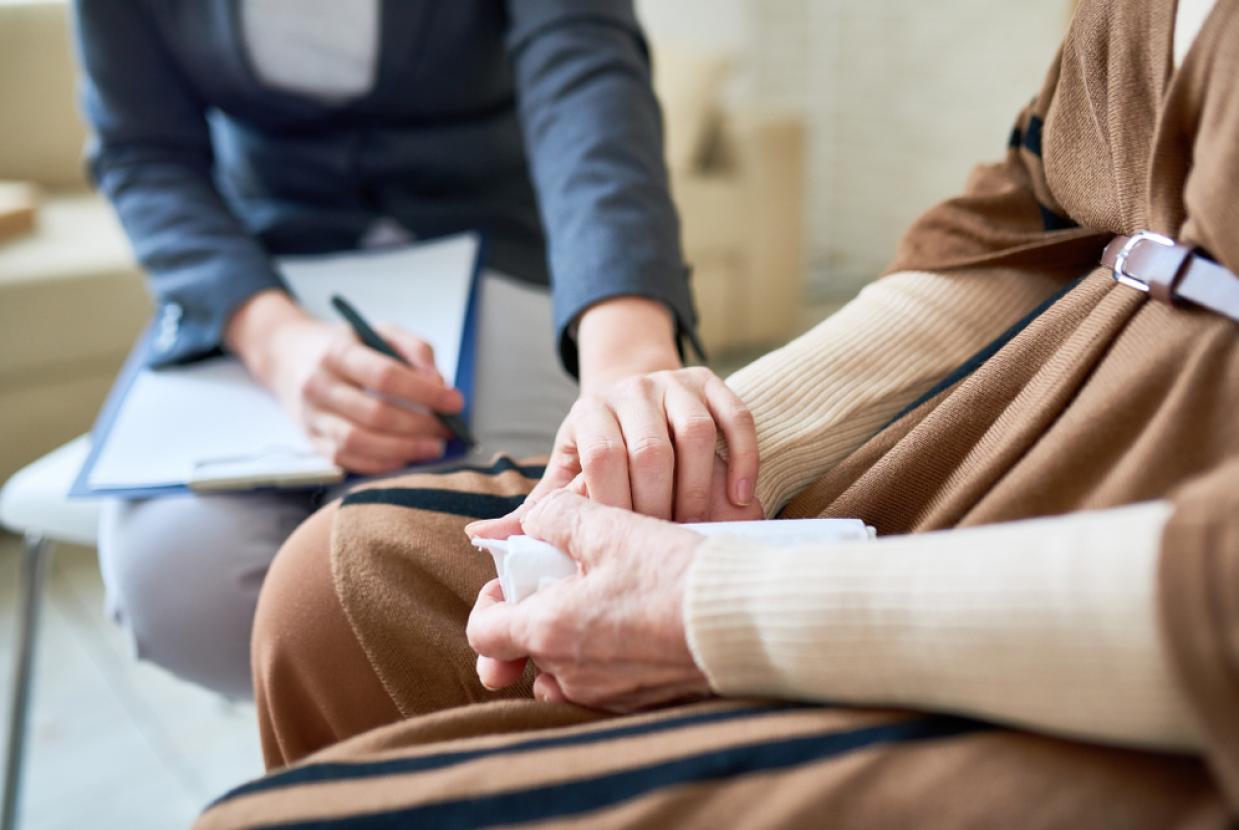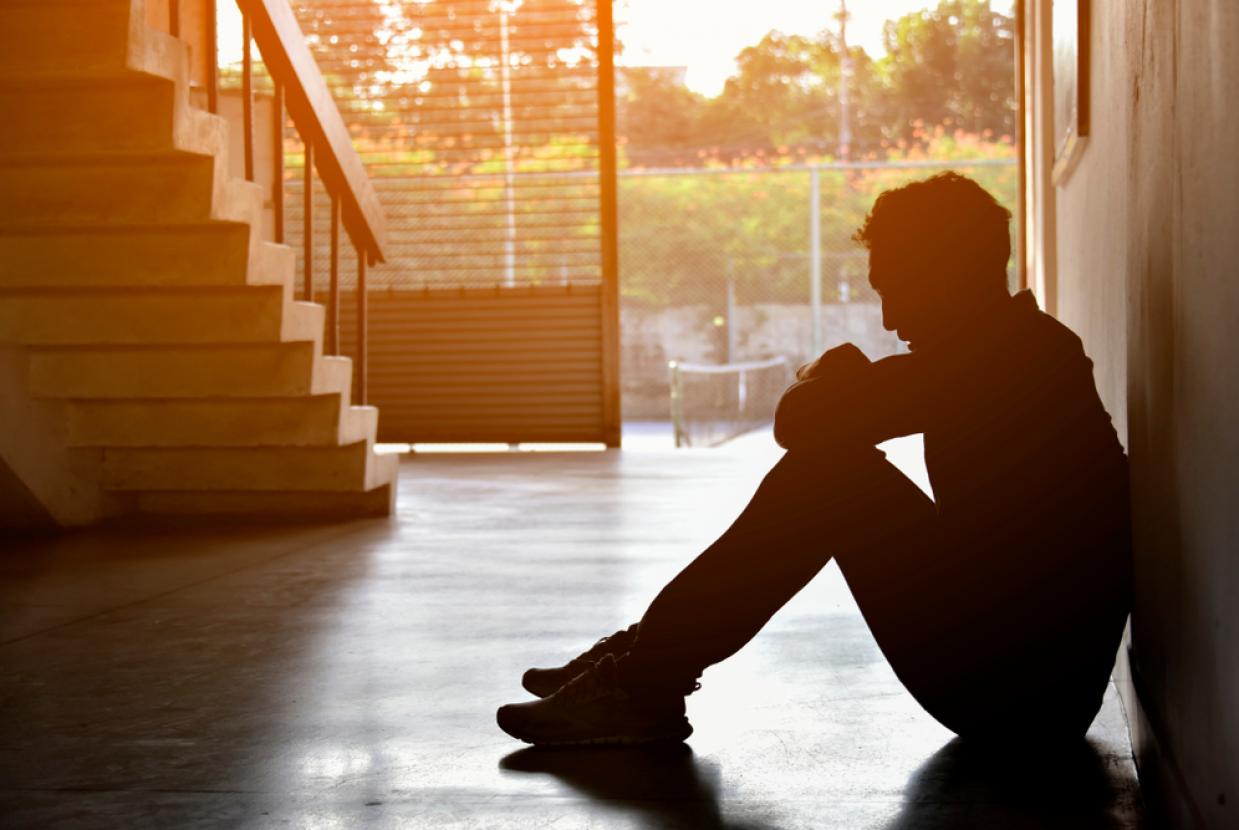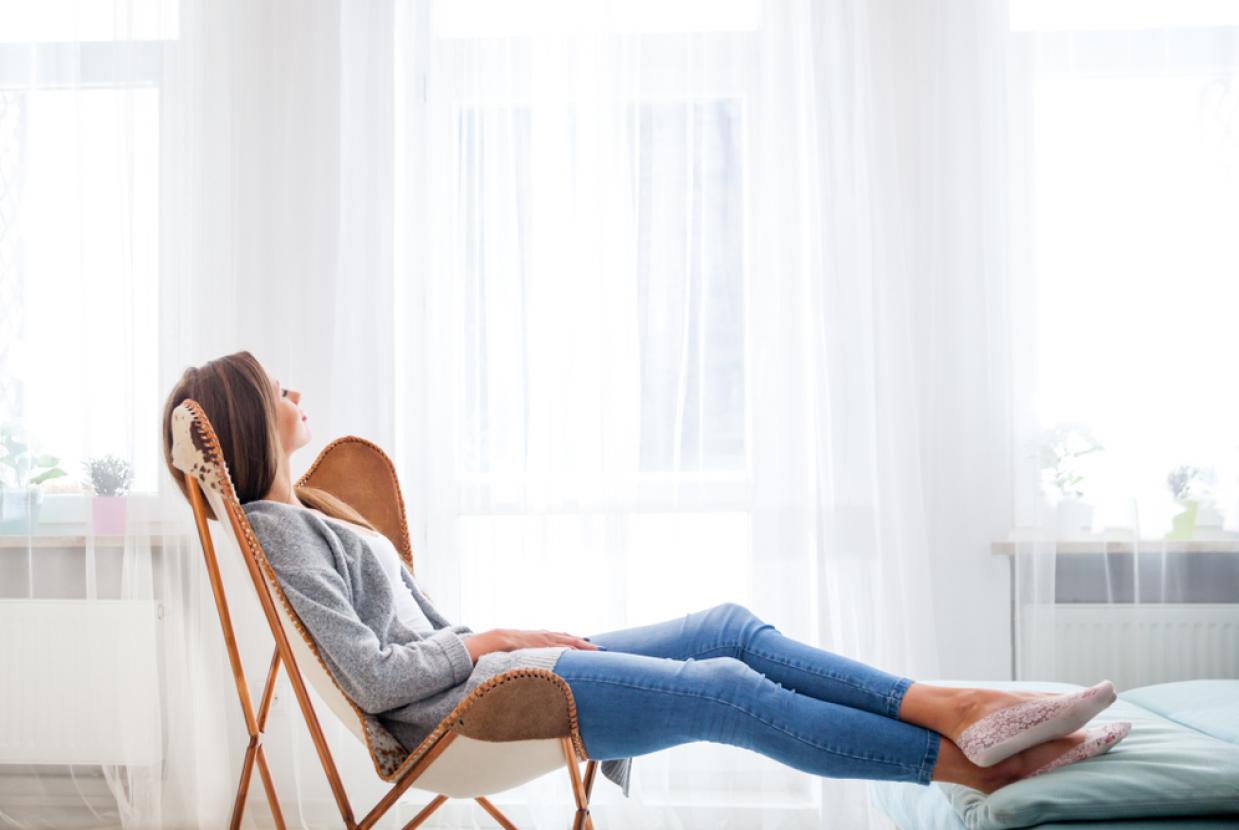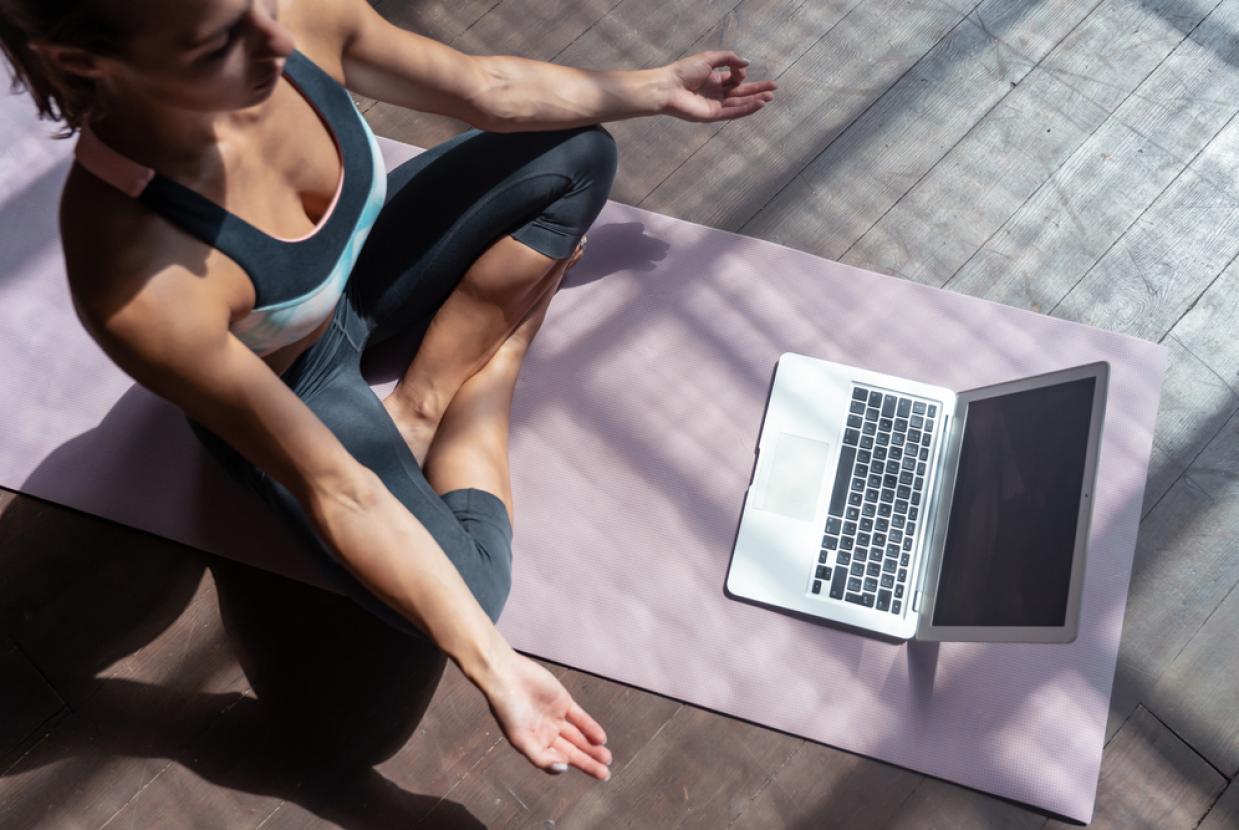How Walking & Cycling Can Help Beat Eco-Anxiety
Mental Health / Get Fit / ConservationThe climate crisis is affecting both our daily lives and our mental health. We take a look at what eco-anxiety is and what changes we can all make to combat climate change and improve our wellbeing.
What is eco-anxiety?
Eco-anxiety is best described as fear, distress, worry or sadness about the state of the climate. While it’s not recognised as a medical disorder, the prolonged stress that eco-anxiety can cause people increases the risk of them developing mental and physical health problems.
Who does it affect?
Eco-anxiety can affect all of us, but it seems particularly common amongst younger people. A global survey of 10,000 people aged 16 to 25 found that nearly 60% said they were 'very worried' about climate change.
Likewise, in a YouGov survey commissioned by Sustrans, half of UK school pupils aged six to 15 said they felt worried about air pollution near their school.
What both surveys highlight is that many young people want those in charge to take stronger action against climate change.
In the YouGov survey, 62% of pupils thought that adults weren’t doing enough to tackle the environmental issues we’re facing. A similar percentage of the global survey felt that 'governments [were] failing young people'.
Rationalising eco-anxiety
These anxieties about the state of our climate and the environment around us are completely rational. The evidence is everywhere. For instance, the Committee on the Medical Effects of Air Pollutants estimated in 2018 that air pollution causes 28,000-36,000 early deaths each year in the UK.
Other research has shown that 61% of all road transport emissions in the UK are produced by cars and taxis. With over half of all car journeys in 2020 lasting less than five miles, isn’t it time we started trying other ways of getting around where possible?
Walking and cycling to combat climate change
One simple way we can fight climate change is to walk or cycle our short journeys. This has a direct impact on the emissions we’re putting into the atmosphere. Getting out on foot or by bike can inspire others around us to do the same.
And when there’s more of us moving around sustainably, this will create a greater demand for green spaces and push local governments to improve our towns and cities to make them healthier, safer and less car-oriented.
In turn, new green spaces with lower pollution from traffic will give our local plants and animals a much-needed biodiversity boost.
It’s good for your mental health too
Spending time outdoors has been shown to be great for our mental health. Ditching the car for a walk or cycle - or even a run - can give you a nice endorphin boost. There’s also nothing like a burst of fresh air to set your day off on the right track.
Research has also shown that cycling is good for relieving stress, reducing anxiety and improving self-esteem. And if you’re travelling to work by foot, then why not take it one step further and try some mindfulness while you walk?
There are loads of resources out there to help you relax and be present, including apps like Headspace. Just pop on your headphones and go!
Practicing mindfulness is recommended by GPs for managing symptoms of depression and anxiety, or if you just want to get in the right mood for the work day ahead.
Working from home
If you’re working from home, there are still lots of things you can do to get outside and active during the working day. One trick to try is a fake commute. Set aside a portion of the morning and/or the evening to take a short trip out. This can be a good way to wake up or wind down, reducing anxiety and setting a clear start and end to work time!








